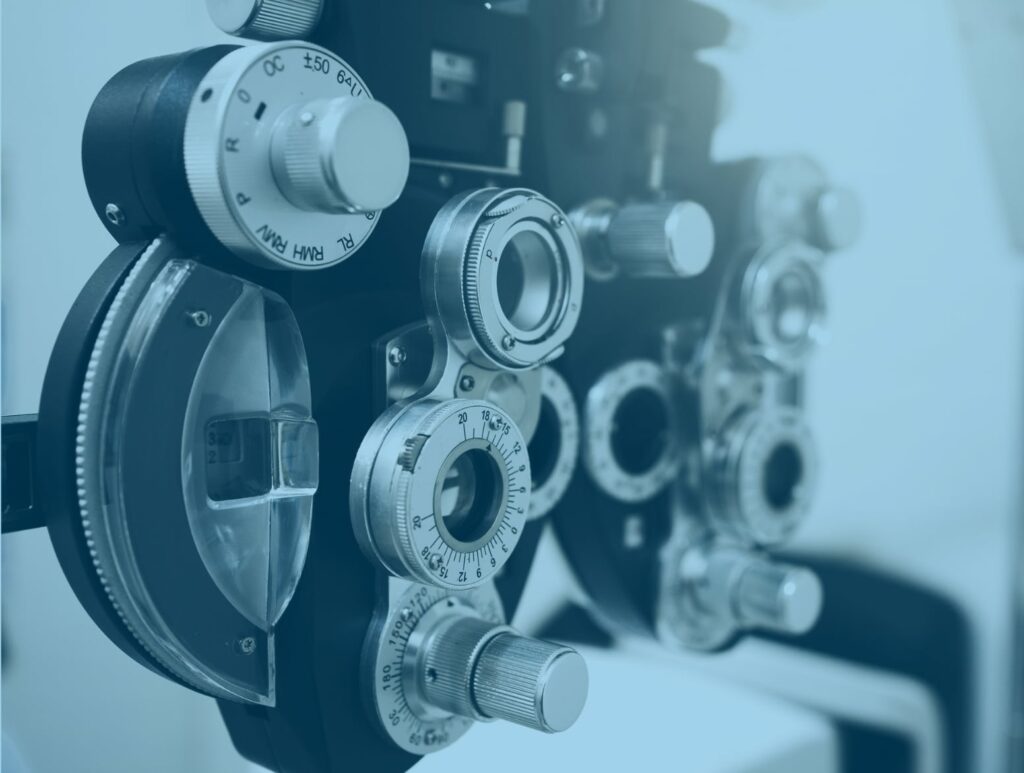All Categories
Featured
Table of Contents

Normal eye evaluations are vital for preserving great vision and detecting potential eye health issues early. The frequency of these exams can vary substantially based on an individual's age, way of living, and total health. Understanding the suggested routine for eye examinations can aid make certain that people of any ages get suitable care and monitoring for their eye health.
Infants and Toddlers (0-2 Years)
For kids and infants, eye exams are essential for finding any potential vision problems early on. The American Academy of Ophthalmology suggests that a youngster's first eye examination need to take place at around six months of age. During this first check out, the eye care specialist will certainly evaluate the child's aesthetic growth and check for any type of noticeable eye problems.Following this first test, it is advised that children have an additional eye exam at age 3. This go to will focus on evaluating the child's general aesthetic feature, consisting of eye placement and the ability to track objects. If no problems are identified, the next examination should be arranged before the child starts school, normally around age five or six.
School-Aged Kids (6-18 Years)
As soon as kids reach school-age child, regular eye exams ought to be scheduled each to 2 years. Vision is vital for discovering and advancement, and many schools perform vision screenings. These testings do not replace an extensive eye examination by an eye care specialist.For kids associated with sporting activities or tasks calling for substantial aesthetic emphasis, yearly eye tests may be advisable. In addition, if a child exhibits signs of vision issues-- such as difficulty reading, squinting, or regular headaches-- a visit to the eye medical professional should be scheduled immediately.
Young Adults (19-39 Years)
Young grownups generally have less vision changes than older age teams, yet normal eye tests continue to be important. The basic recommendation is to set up an eye test every two years throughout this period. Individuals with certain danger elements-- such as a family background of eye condition, diabetes, or those who use get in touch with lenses-- must think about yearly eye exams.In addition, those that spend substantial time on digital gadgets might experience digital eye pressure. If symptoms such as dryness, exhaustion, or blurred vision occur, it may be important to see an eye care specialist sooner.
Adults (40-64 Years)
As people enter center age, the chance of creating vision troubles increases. Adults aged 40 to 64 should set up eye exams each to 2 years. This age might start to experience presbyopia, an all-natural age-related problem that makes it testing to concentrate on close things. Eye tests can additionally assist identify other common age-related problems such as glaucoma, cataracts, and macular degeneration.If people in this age group have danger factors such as high blood pressure or diabetic issues, they may call for more constant evaluations to monitor their eye health carefully.
Elders (65 Years and Older)
For elders, regular eye exams become even a lot more essential. The American Optometric Association recommends that people matured 65 and older have an eye test at the very least annually. Older grownups are at a greater threat for different eye diseases, including cataracts, glaucoma, and age-related macular degeneration. Early discovery and treatment of these conditions can avoid vision loss and enhance the lifestyle.Verdict.
Understanding the proper schedule for eye tests based on age is crucial for preserving optimal eye health and wellness throughout life. By sticking to these standards and seeking advice from with an eye treatment expert, people can take aggressive steps toward protecting their vision and total health.Table of Contents
Latest Posts
Escape with Breathtaking Sunsets at Deauville Inn: Your Jersey Shore Getaway
Published May 22, 25
2 min read
Coordinate Unforgettable Soirées at Deauville Inn: Select from Six Versatile Places
Published May 19, 25
2 min read
Design Your Dream Wedding at Deauville Inn: Breathtaking Waterfront Venues
Published May 11, 25
2 min read
More
Latest Posts
Escape with Breathtaking Sunsets at Deauville Inn: Your Jersey Shore Getaway
Published May 22, 25
2 min read
Coordinate Unforgettable Soirées at Deauville Inn: Select from Six Versatile Places
Published May 19, 25
2 min read
Design Your Dream Wedding at Deauville Inn: Breathtaking Waterfront Venues
Published May 11, 25
2 min read